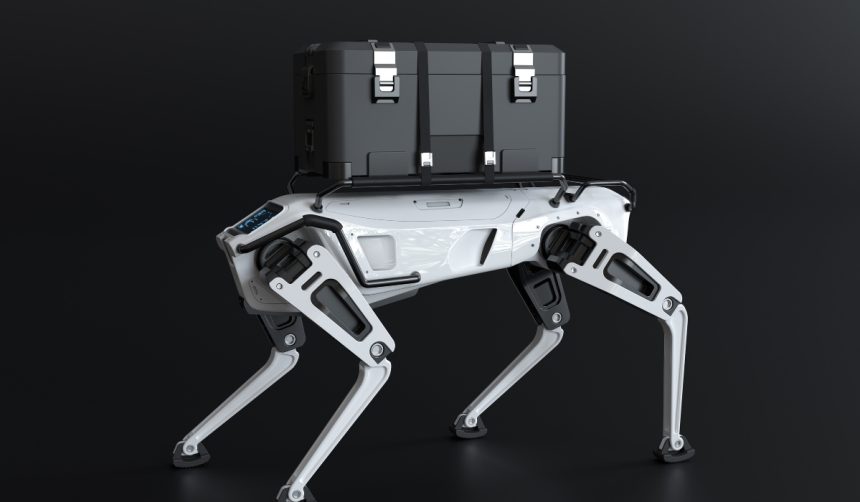Boston Dynamics has unveiled a new video demonstrating the capabilities of its latest electric Atlas humanoid robot. In a display of its enhanced athletic intelligence, Atlas effortlessly transitions from standing upright to performing eight pushups. This marks a significant shift from its previous hydraulic version, showcasing improved strength and a broader range of motion. These advancements hint at Boston Dynamics’ ongoing efforts to push the boundaries of what humanoid robots can achieve.
The newly released video is the second showcasing the upgraded Atlas. With its new electric actuators, the robot demonstrates a remarkable ease in executing complex movements, such as smoothly dropping into a pushup position. The transition from the hydraulic model to the electric one is expected to enhance the robot’s strength and versatility, with Boston Dynamics highlighting that the new version will surpass its predecessor in several aspects.
Humanoids in Commercial Use
Recent years have seen several humanoid robots entering commercial applications. Agility Robotics’ Digit, for instance, secured its first commercial client in June, partnering with GXO for logistics operations. Additionally, Apptronik’s Apollo has been tested by both GXO and Mercedes-Benz. Amazon has also experimented with Digit for recycling tasks, though the status of that partnership remains unclear. Agility Robotics plans to release an upgraded version of Digit with improved lifting capacity and battery life later this year.
Competition and Innovation
Figure AI is another key player in the humanoid robot market, with its Figure 02 robot recently concluding a pilot project at a BMW plant. The robot successfully executed complex tasks, such as fitting sheet metal parts into precise positions for car chassis assembly. This highlights the growing capabilities and applications of humanoid robots in various industries, driving innovation and competition among developers.
Boston Dynamics’ decision to update Atlas for commercial use reflects its learnings from previous projects, such as the commercialization of Spot and Stretch robots. The company has focused on enhancing control mechanisms, actuator performance, and reducing joint complexity, integrating these improvements into the new Atlas model. Testing of the all-electric Atlas is scheduled for next year with Hyundai and other select partners.
When comparing Boston Dynamics’ Atlas to University of Tokyo’s Kengoro, it’s evident that both robots aim to push the boundaries of humanoid capabilities. Kengoro, built in 2017, showcased unique features like a porous aluminum frame that allowed it to “sweat” and release heat. While Kengoro’s focus was on stability and temperature control during physical tasks, Atlas emphasizes strength and range of motion, utilizing electric actuators for enhanced performance. Each project reflects different approaches to addressing the challenges of humanoid robotics.
As humanoid robots continue to evolve, the advancements made by companies like Boston Dynamics, Agility Robotics, and Figure AI are setting new benchmarks in the field. These developments are not only expanding the potential applications for robots but also driving broader acceptance and integration into commercial operations. Understanding these trends and innovations can provide valuable insights into the future trajectory of robotics technology.










